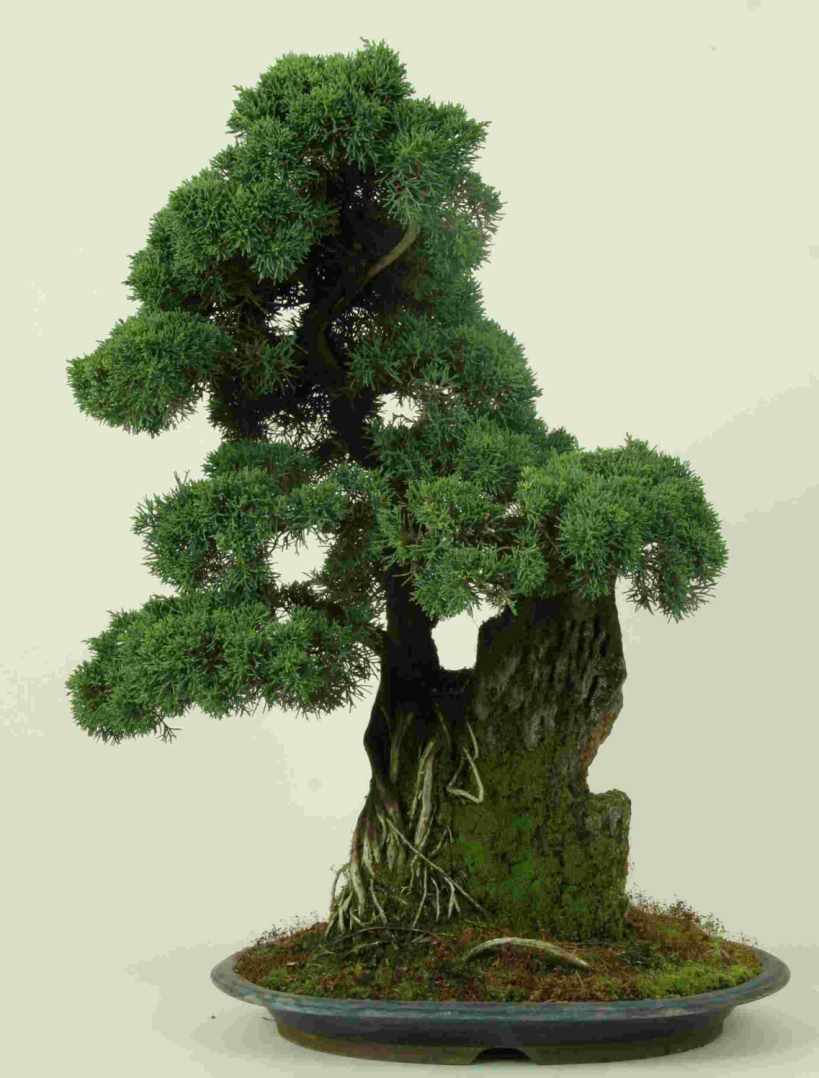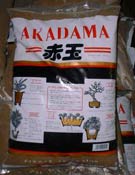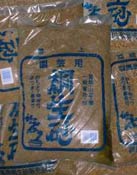Pruning
When pruning this species it is important to cut back to a secondary side shoot when reducing the growth extension. You should cut along the central section of the shoot with sharp scissors remembering NOT to sever across the green foliage, as this will cause browning.
This species can get very dense around the apex of the tree where it gets maximum sunlight. So, for specimen Bonsai you should thin out during the summer months around the crown to allow light to enter to the lower branches. You should do this by plucking between the shoots and thinning around their junctions. If this is not done this species will naturally thin itself more heavily – this is called June fall, which is the yellowing and dropping of old inner growth.
When hard pruning has been done you can sometimes get reverted juvenile needled growth. This is nothing to be concerned about; this will soon change into the adult scaled foliage once it has matured.
Positioning
In Japan the Scale Juniper grows far faster than in this country. This is mainly due to Japan’s much higher humidity. I have found the biggest problem is transpiration (moisture loss from the foliage due to sunlight) through its foliage. Therefore I have found this species puts on more growth extensions in a shadier area, rather than full sun, so I would recommend this positioning if major styling has been done to the tree.
Wiring
This tree can be wired throughout the year. It will have more suppleness in the branches during active growth, therefore if you need to move large branches do so accordingly.
In Japan, on their very old specimen Juniper Bonsai, they bind the branches tightly with wet raffia to prevent the branches from snapping off. This acts as a protective membrane causing small stress fractures rather than one big break and, also stops moisture loss from the cracks within the branch.





